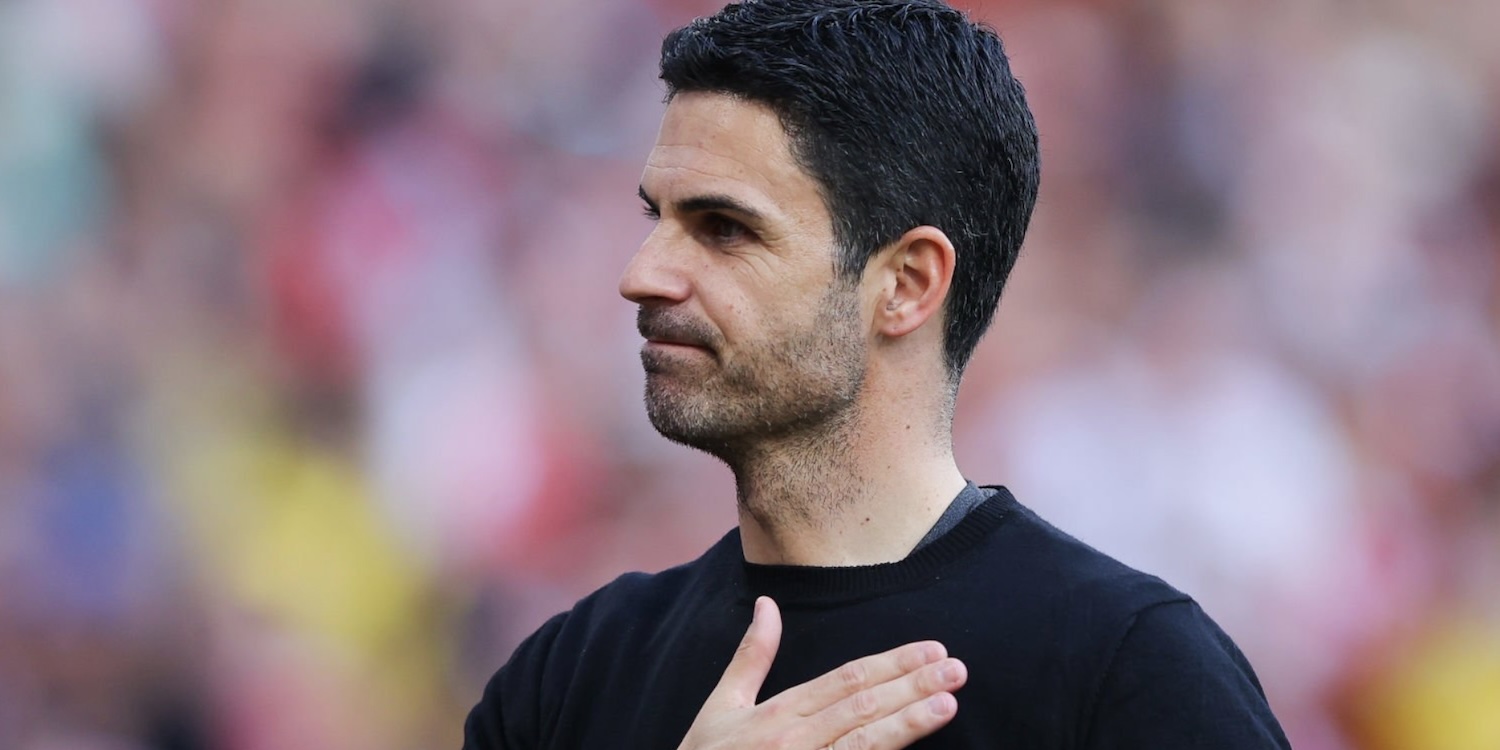El verano, naturalmente, trae mucha atención a la ventana de transferencias y a quién podría comprar el Arsenal para mejorar su suerte de cara a la próxima temporada.
Incluso para un club con la riqueza del Arsenal, gastar mal entre 50 y 60 millones de libras esterlinas en honorarios y cualquier otra cosa en salarios tiene un efecto dominó.
Antes de especular sobre cuáles podrían ser algunos de esos puntos de discusión, vale la pena reflexionar sobre el hecho de que no podemos asumir que todas las líneas de base altas para el Arsenal en 2023-24 seguirán siendo las mismas.
Hacer que el Arsenal vuelva a ser brasileño
En 2022-23, en lugar de un delantero verdaderamente prolífico, el Arsenal fue bueno repartiendo goles en todo el ataque.
Trossard y Havertz cumplieron con cifras dobles de goles en la Premier League en 2023-24, mientras que Saka repitió esa hazaña.
Las lesiones fueron un problema para los brasileños, por supuesto, particularmente para Jesús y al final de la campaña, Trossard y Havertz habían ocupado los lugares de Martinelli y Jesús en el equipo.
Con Jesús, creo que el problema se basa en el estado físico: estuvo sobresaliente en el juego antes mencionado en el City Ground en enero pero, proféticamente, Arteta admitió después del juego que había jugado a través de la barrera del dolor.
Puede que no tengan un Haaland, un Son o un Ollie Watkins en la delantera, pero tener a Gabriel Jesus y Kai Havertz en plena forma como opciones de delantero centro (junto con el hecho de que Jesús también puede jugar por las bandas) hace que el Arsenal sea más fuerte en ataque.
Una vez más, muchos de estos fueron finamente cortados en minutos de suplente, pero no hizo ninguna contribución de gol en ese tiempo.
Reestabilizar el lado izquierdo
Hace quince días escribí un artículo especulando sobre los rendimientos disminuidos de Martinelli para 2023-24.
Granit Xhaka se marchó y Oleksandr Zinchenko dejó de ser un fijo en el lateral izquierdo, con Jakub Kiwior y Takehiro Tomiyasu compartiendo el tiempo mientras Zinchenko era relegado al banquillo.
Queda por ver si se trata de Tomiyasu, Jurrien Timber o un jugador externo y, si bien el Arsenal debería rotar, parece que el equipo necesita una opción más firme de “juego para tu vida” allí.
Al Arsenal le tomó algunos meses decidir si Rice debería ser un jugador pivote o un jugador de cuadro a cuadro y, personalmente, creo que está claro que el rol de cuadro a cuadro izquierdo le conviene mejor.
Jurrien Timber LANS
Jurrien Timber jugó 71 minutos en la Premier League con el Arsenal la temporada pasada.
Dado el descenso de Zinchenko y los problemas de lesiones sufridos por Tomiyasu, parece que podría haber tenido una presencia habitual en el lateral izquierdo.
Timber podría compartir parte de esa carga, además de brindar mayor seguridad en la mitad central derecha en caso de que William Saliba no esté disponible.
Lo que sí le da al Arsenal es flexibilidad, resistencia y calidad en la línea defensiva.
El post ¿Cómo mejora orgánicamente el Arsenal?
